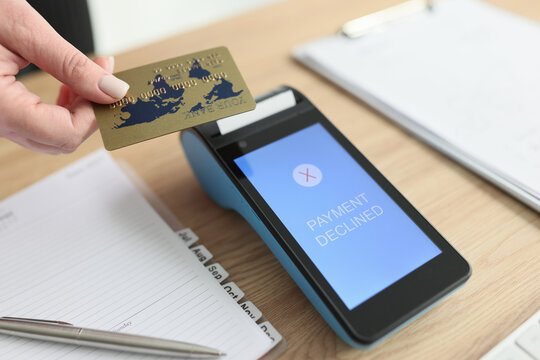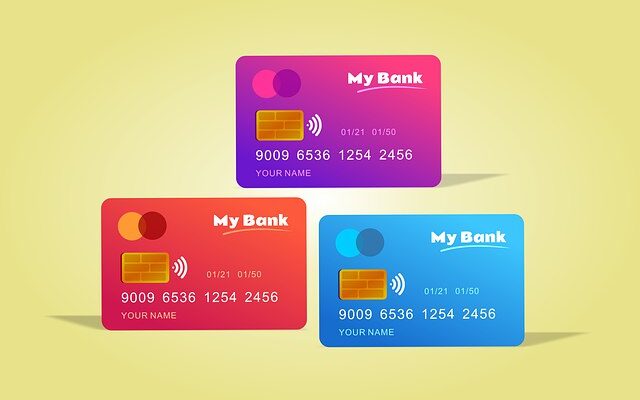Did you know that between 10% and 60% of failed payment attempts are marked with…

The Rise of Alternative Payment Methods
Welcome to the era of alternative payment methods (APMs)! In today’s digital landscape, e-commerce payments have advanced beyond traditional credit cards. With 77% of global online purchases being made using alternative payment methods, it’s clear that consumer behavior is shifting towards more diverse and secure payment options. As a business, understanding and integrating these APMs is crucial to provide a frictionless payment experience and reduce cart abandonment rates.
The world of alternative payment methods is vast and varied. From bank transfers to buy now pay later options, card-based methods to e-wallets, there are plenty of choices for consumers. The preferred payment method often varies by country and market, highlighting the importance of understanding local preferences when expanding internationally. By catering to these preferences, businesses can tap into new customer segments and unlock growth opportunities.
Key Takeaways:
- Alternative payment methods have surpassed traditional credit cards in global online purchases.
- Understanding local preferences is crucial for expanding into new markets.
- Bank transfers, buy now pay later, card-based methods, and e-wallets are popular types of APMs.
- Accepting alternative payment methods can attract more customers, reduce cart abandonment rates, and expand market reach.
- Working with a payment specialist like PPRO can simplify integration and ensure compliance with local regulations.
Different Types of Alternative Payment Methods
When it comes to alternative payment methods, there are several options available to cater to different customer preferences. These alternatives provide flexibility and convenience, ensuring a seamless payment experience. Let’s explore the various types of APMs:
Bank Transfers
Bank transfers are a popular choice for customers who prefer direct transactions. With this method, customers can transfer funds from their bank accounts to the merchant’s account, ensuring secure and immediate payment processing.
Buy Now Pay Later
Buy now pay later options have gained popularity recently, allowing customers to make purchases and pay at a later date or in installments. This flexibility provides greater financial control and can increase purchasing power.
Card-based Payment Methods
Card-based payment methods offer a wide range of options. They include internationally recognized card brands like Visa and Mastercard, as well as local card schemes specific to certain countries. By accepting these card-based methods, businesses can cater to customers who prefer using their cards for online transactions.
E-wallets
E-wallets have revolutionized the payment landscape, offering customers a convenient way to store money and make online or in-store purchases. Popular e-wallet examples include PayPal, Alipay, and WeChat Pay, which provide secure and efficient transactions.
By offering a variety of alternative payment methods such as bank transfers, buy now pay later options, card-based payments, and e-wallets, businesses can attract a wider customer base and provide a seamless checkout experience. Understanding the preferences and needs of your target audience is crucial for selecting the right APMs to integrate into your payment strategy.
Understanding Local and Global Alternative Payment Methods
When it comes to alternative payment methods, it’s important to consider both local and global options to cater to a wider range of customers. In this section, we’ll explore some key alternatives, including cash-based payment methods, carrier billing, prepaid vouchers, and virtual cards.
Cash-Based Payment Methods
Not everyone has a credit card or bank account, which is where cash-based payment methods come in handy. With this option, customers can select the cash payment option at checkout, generate a unique identifier, and conveniently pay for their purchase at a participating store. This method ensures accessibility and convenience for a broader customer base.
Carrier Billing
Carrier billing is another popular alternative payment method that opens up new possibilities for customers without a credit card or smartphone. This method allows users to add the cost of their purchase to their mobile phone bill, making it incredibly convenient and accessible. Even customers without a smartphone can take advantage of carrier billing options.
Prepaid Vouchers
Prepaid vouchers offer a straightforward and secure payment method for online purchases. Customers can purchase these vouchers at physical stores and then use them to pay for their online purchases by simply entering a unique code provided with the voucher. This method provides an additional layer of security and privacy for those who are hesitant to share their personal payment details online.
Virtual Cards
Virtual cards provide customers with a safe and convenient way to make online payments without revealing their actual card details. These cards are either single-use or limited-time, adding an extra layer of security by preventing unauthorized or fraudulent transactions. Virtual cards are an excellent choice for customers who prioritize safety and privacy when conducting online transactions.
By understanding and offering a variety of alternative payment methods such as cash-based options, carrier billing, prepaid vouchers, and virtual cards, businesses can better serve their customers’ diverse needs and preferences. Expanding the range of payment options boosts customer satisfaction, reduces cart abandonment rates, and ultimately drives sales.
Benefits of Accepting Alternative Payment Methods and Choosing the Right Ones
Accepting alternative payment methods can bring numerous benefits to your business. By offering diverse payment options, you can attract more customers and increase your conversion rates. Customers prefer having choices when it comes to making purchases online, and by catering to their preferred payment methods, you can reduce cart abandonment rates and improve customer satisfaction.
One significant advantage of alternative payment methods is lower merchant fees compared to mainstream payment methods. While traditional credit cards can have high processing fees, alternative payment methods typically offer more competitive rates, allowing you to optimize your costs and improve profitability.
Another crucial aspect to consider when integrating alternative payment methods is security. Ensuring a secure payment environment is vital to protect both your customers and your business from fraudulent activities. Collaborating with a trusted payment provider can help you guarantee the highest standards of security, safeguarding sensitive information and maintaining customer trust.
Choosing the right alternative payment methods for your business requires careful consideration of your target market and payment strategy. Each method offers its unique set of benefits, such as wider market reach or customer convenience. By conducting thorough market research and understanding customer preferences, you can identify the alternative payment methods that align with your business goals and maximize your potential for success.
Streamlining the integration process of alternative payment methods can be a complex task. Working with a payment specialist like PPRO can simplify this process for you, ensuring seamless integration and compliance with local regulations. PPRO offers comprehensive support and expertise to help you navigate the world of alternative payments and secure your position in the competitive e-commerce landscape.



Comments (0)